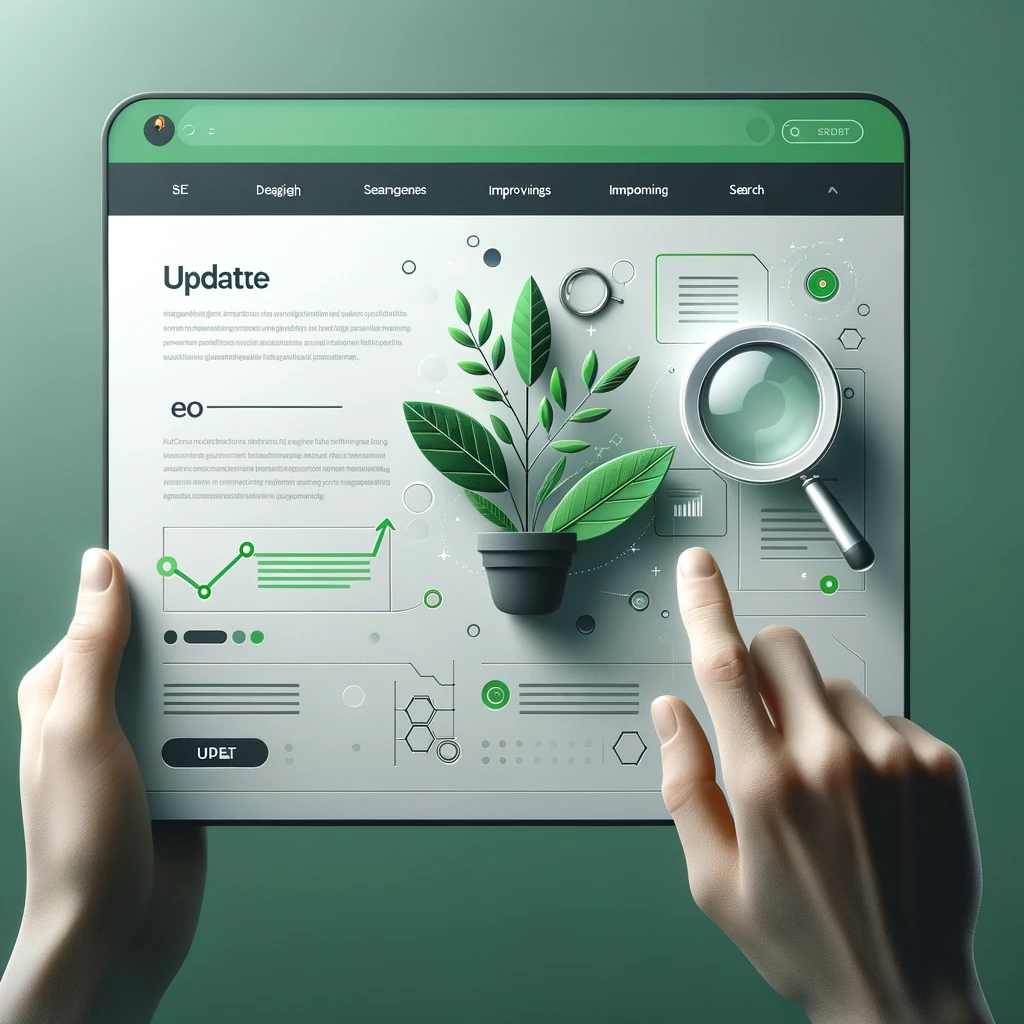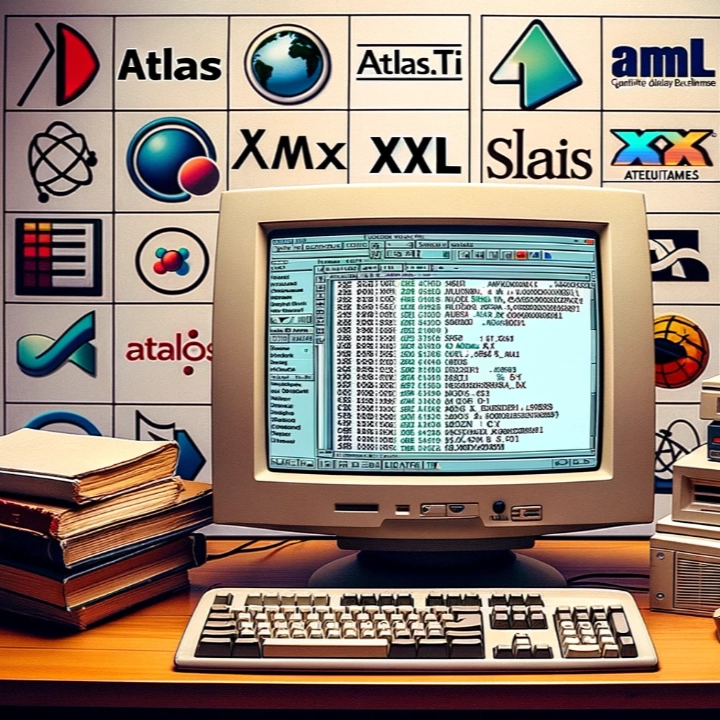Exploring the CHM Format: Its Critical Role in Digital Help and Documentation Systems
In the realm of digital documentation, CHM (Compiled HTML Help) stands as a cornerstone. A Microsoft proprietary online help format, CHM was introduced by Microsoft as far back as 1997 with the release of Windows 98. From there, it quickly became the standard format for help documentation in Windows applications due to its support for a wide range of multimedia elements and its ability to be used offline.
CHM is also known as Microsoft Compiled HTML Help, Compiled Help Module, and simply as Compiled HTML. Internally, CHM consists of a unique blend of HTML documents, images, and other resources, compiled into a single, streamlined and compressed binary file. Primarily utilized in Windows-based software, CHM files serve as the backbone for in-depth help systems and technical documentation, offering an extensive and user-friendly way to access information. It remained popular for many years, especially for software documentation, and although its use has steadily declined in favor of more modern, web-based help systems, CHM files are still in use today, particularly for legacy software and systems.
Why CHM Still Matters in Technical Documentation
CHM files are particularly prevalent in technical documentation due to their ability to organize a large amount of complex, and often strongly interlinked information in an accessible and navigable format. They support a range of features including a table of contents, index, search function, and hyperlinks, making them an ideal format for detailed guides, instructional materials, and complex technical documentation.
Despite the evolution of other digital documentation formats, there are still compelling reasons for creating and distributing files in the time-honored CHM format today. One of the primary advantages of CHM files is their self-contained nature, encapsulating a wide array of multimedia content and hyperlinks in a single, compressed file. This makes them incredibly efficient for offline access, an essential feature for environments where internet connectivity is limited or unreliable. Additionally, CHM files offer a high level of security and control over the content, which is particularly valuable for proprietary or sensitive technical documentation.
On the other hand, there exists also an increasing need to convert legacy CHM files into less complex formats like PDF, HTML5, or XML. This is driven by the evolving landscape of digital accessibility and cross-platform compatibility. Converting to these formats can enhance the reach and usability of the content, especially on various devices and web platforms. PDFs, for instance, provide universal accessibility and are often found to be convenient for their ease of distribution and printing capabilities. HTML5 and XML offer greater flexibility for web-based documentation, allowing for dynamic content interaction and better integration with modern web technologies. The transition away from CHM aligns with current digital standards and user expectations.
Part I: Converting CHM to Linear Formats - Understanding the Hurdles
The Challenges of Size and Complexity
As stated, a great many documentations and Help systems have been authored over the last two-plus decades are relied on for essential information in a variety of industries, from aviation to automotive to health and software. These files are not only often very voluminous in size, they have also been generated using a huge variety of vastly heterogeneous tools and methods.
One of the primary challenges in converting existing legacy CHM files to PDF or other linear formats is managing precisely the often large and complex nature of these files. CHM files, especially those used for software documentation, can be extensive, containing a multitude of topics, images, and hyperlinks.
Online converters, while convenient, typically have size limitations that render them ineffective for these substantial files, more on that below. In addition, the conversion process is complicated by the diverse content within CHM files. Elements such as interactive content, embedded multimedia, and complex formatting often lead to inconsistent and unreliable outcomes when using "dumb" automated conversion tools.
The Inadequacy of Generic Conversion Tools
The issue arises from the "one-size-fits-all" approach adopted by most out-of-the-box or online conversion tools. Such tools are generally designed to handle a wide variety of file types, yet they often lack the specific features needed to effectively manage the complexities of CHM files. Furthermore, when confronted with more intricate or slightly more complex files, these tools usually simply fall short. Considering the millions of such files in circulation and the diverse methods and tools used in their creation, it is reasonable to assert that the majority of those files can be categorized as "slightly more complex" in this context.
We have tested multiple online converters and were, frankly. disappointed by all of them. Most struggled with larger CHM files, often rejecting them or crashing, effectively handling only smaller, less complex files. When they did produce output, it frequently lacked key features like popups, navigational aids, and accurate image rendering, diverging significantly from the original CHM file's structure and formatting. The absence of customization options often resulted in the loss of navigation features, indexed search capabilities, and interactive elements, rendering the output largely useless for its intended use. The rigid, automated nature of these tools leaves no room for adjustments or specific requests, limiting their practicality to the point of ineffectiveness. "One-size-fits-all" means that it ultimately fits almost no-one.
Part II: Converting Text Documents to CHM - A Unique Editorial Challenge
Despite the fact that many long-term CHM users in different industries are seeking to migrate their content away from that format and into more linear formats, there is still much to be said for a continued use of CHM: It has long ago transcended the Windows-only platform reputation, with powerful and often free viewers available for any platform (see list below). This very fact makes it still the most compact, versatile, intelligent, interactive, and platform-indepedent format for complex documentation, help systems and even a new generation of e-books.
The Importance of Structured Formatting
When converting text documents into CHM format, the challenge lies in the need for structured, hierarchical formatting. Unlike PDFs, which are more or less linear in structure, CHM files rely on a well-organized structure to facilitate easy navigation and searchability. This demands an elaborate preparation process where the text document must be carefully edited and formatted to fit into a structured layout. The process involves creating a table of contents, indexing terms, and setting up links - tasks that require a keen editorial eye and technical proficiency.
Tailoring to Content Specifics
Each text document presents its unique set of characteristics and formatting requirements. For example, a technical manual will have a different structure compared to a software user guide. Automated tools lack the ability to discern these nuances and make appropriate editorial decisions. This often leads to a CHM file that is technically correct but fails to provide a user-friendly experience. The need for a tailored solution is paramount to ensure that the final CHM file is not only technically sound but also aligned with the document's purpose and audience.
The Indispensable Role of Expertise in CHM Conversions
The complexities and limitations of automated CHM conversion tools highlight the need for manual intervention by experts. Professionals in this field possess a deep understanding of both CHM and PDF formats. They can identify and solve specific problems, ensuring a high-quality conversion that remains true to the original document. Their expertise allows them to adapt the conversion process to the unique needs of each document, providing a level of customization and accuracy that automated tools cannot achieve.
bility.com - Your Expert in CHM Conversion
At bility.com, we specialize in bespoke CHM conversion services. Our team of experts is well-versed in the technical and editorial aspects of CHM conversions, whether it's from CHM to PDF or vice versa. We recognize the unique challenges each document presents and are committed to delivering conversions that meet the highest standards of quality and accuracy.
For top-tier, expert-led CHM conversion services, trust bility.com. We're equipped to handle the complexities and deliver conversions that truly reflect the quality and intent of your original documents. And we produce the outcome that truly meets your purpose.
Contact us for to discuss your conversion needsAppendix
Here is our, admittedly incomplete, list of free CHM viewers for all major computer and mobile platforms. All these applications offer a range of functionalities from basic viewing to more complex features like text search, bookmarking, and even format conversion in some cases. They are particularly useful for users who need to access technical documentation, e-books, or help files stored in CHM format on different devices.
Windows:
- Sumatra PDF: A free, open-source viewer that supports CHM files among other formats like PDF, ePub, MOBI, XPS, DjVu, CBZ, and CBR. It's known for being fast, lightweight, and customizable. Sumatra PDF
- xCHM: This is a cross-platform, open-source CHM viewer that works on Windows, Mac, and Linux. xCHM.
- FBReader: A cross-platform, open-source eBook reader that can also read CHM files. FBReader.
macOS:
- xCHM (also available for macOS): xCHM.
- Chmox: A macOS-specific CHM reader. Sourceforge
- iChm: A CHM reader designed for macOS, providing a comfortable reading experience.
Linux:
- xCHM (also available for Linux): xCHM.
- KchmViewer: A KDE desktop environment-specific CHM viewer but works across other Linux desktops as well.
- GnoCHM: Specifically designed for GNOME desktop environments.
Android:
- CHM Reader X: A dedicated CHM document viewer for Android devices. Available in the Google Play Store.
- ReadEra: An eBook reader that supports CHM files among other formats. Available in the Google Play Store.
- Moon+ Reader: A versatile eBook reader that includes support for the CHM format. Available in the Google Play Store.
iOS:
- CHMate: A comfortable CHM reader for iOS devices. Available on the App Store.
- KyBook: An eBook reader that supports various formats, including CHM. Available on the App Store.
- File Converter: An app that views and converts CHM files among other formats. Available on the App Store.














